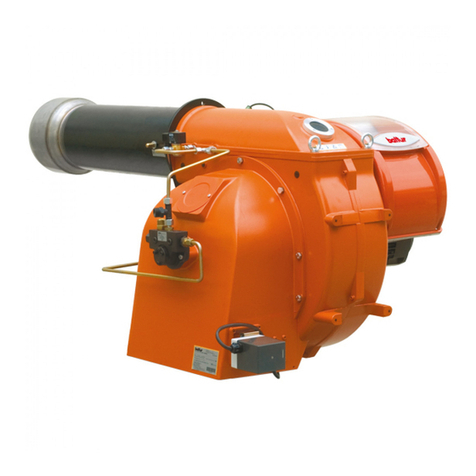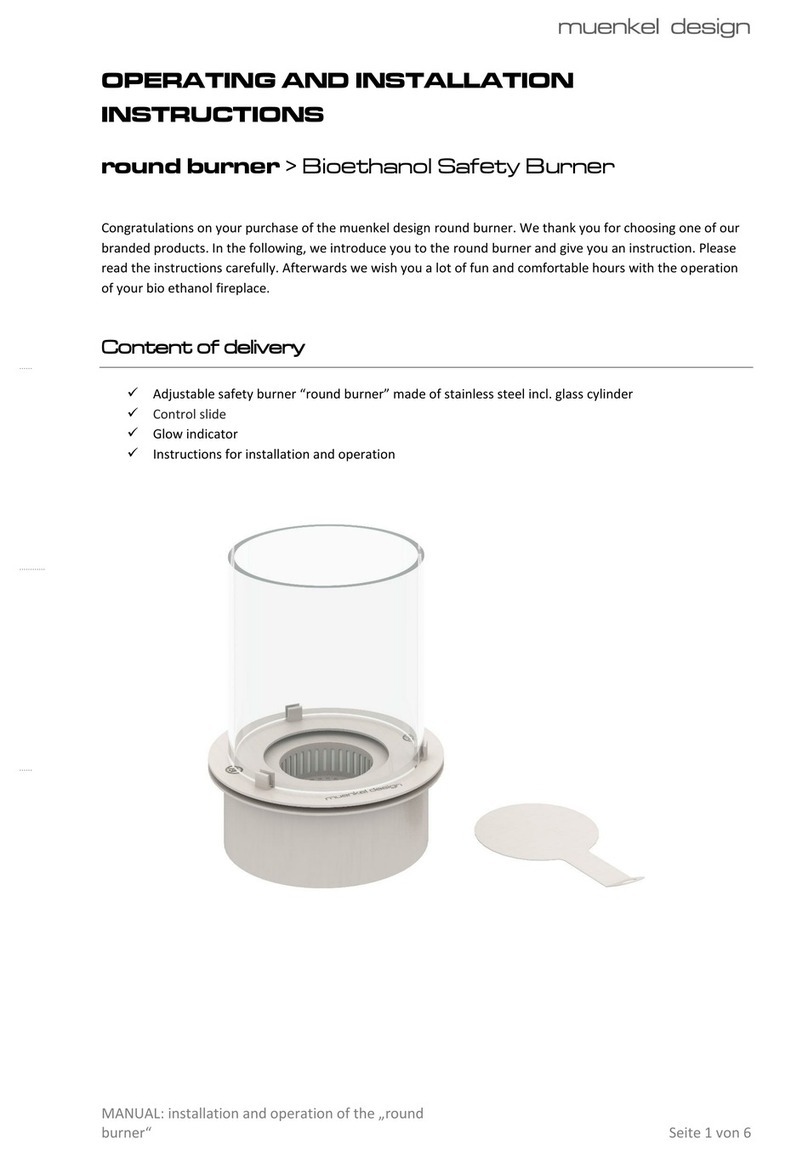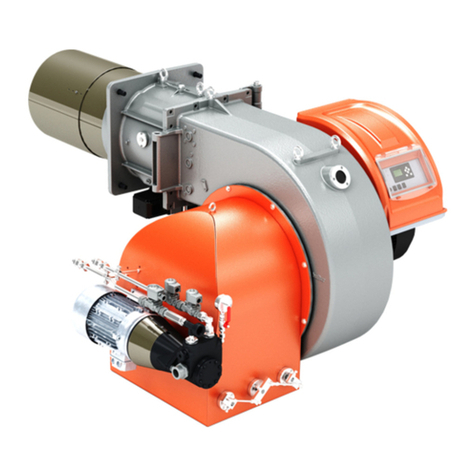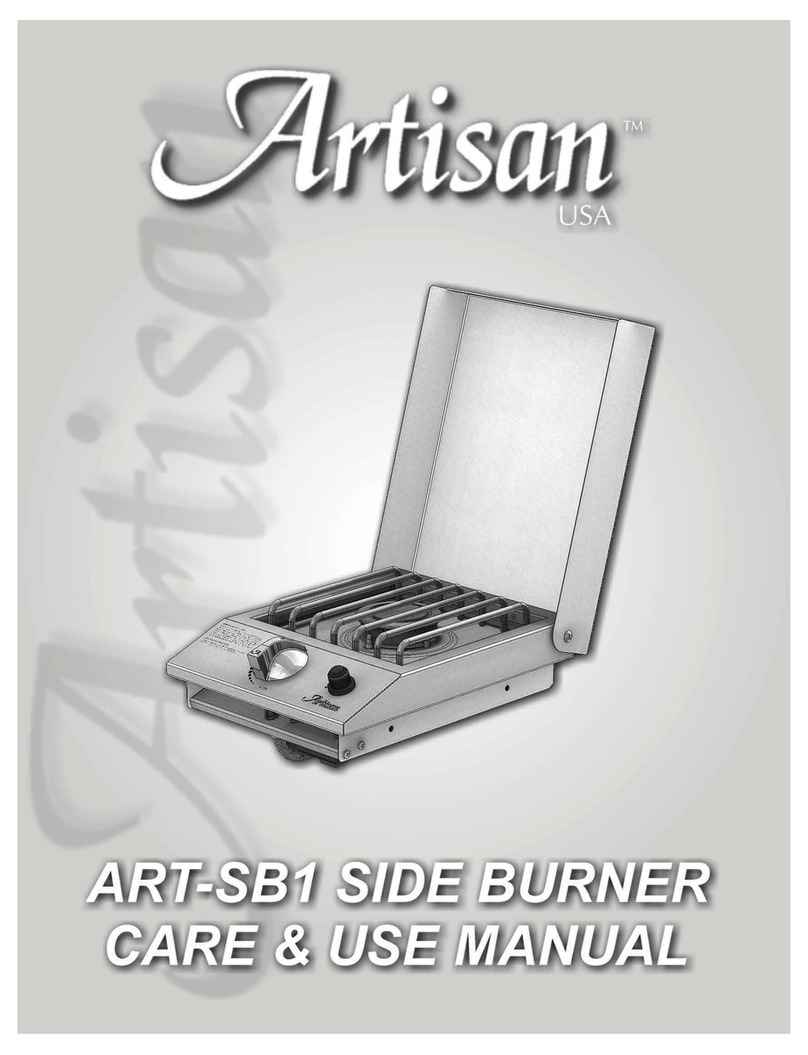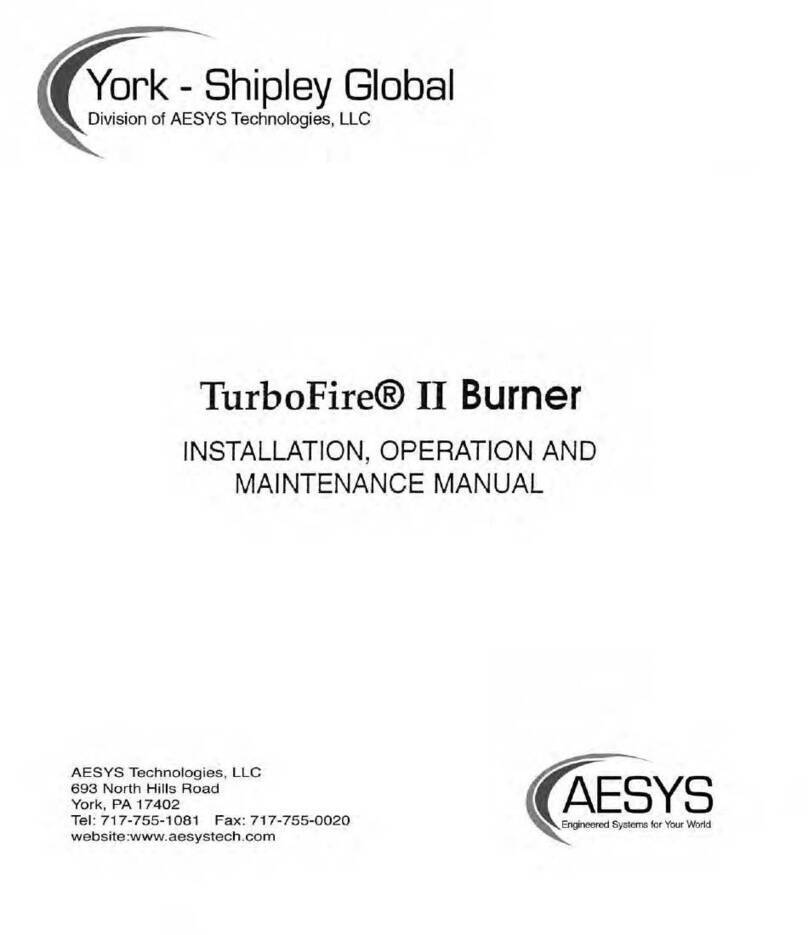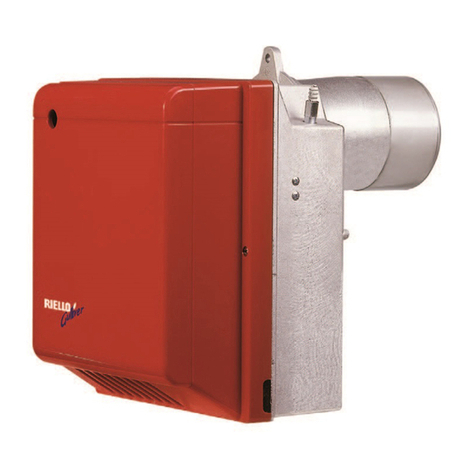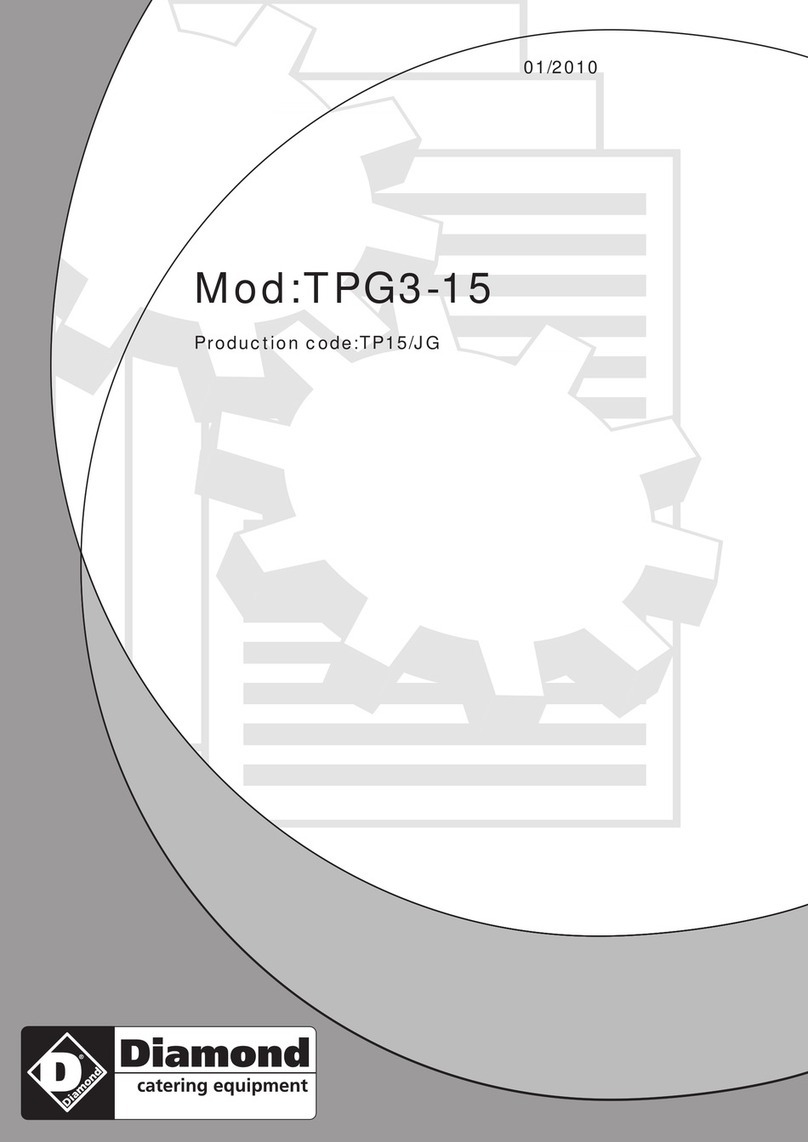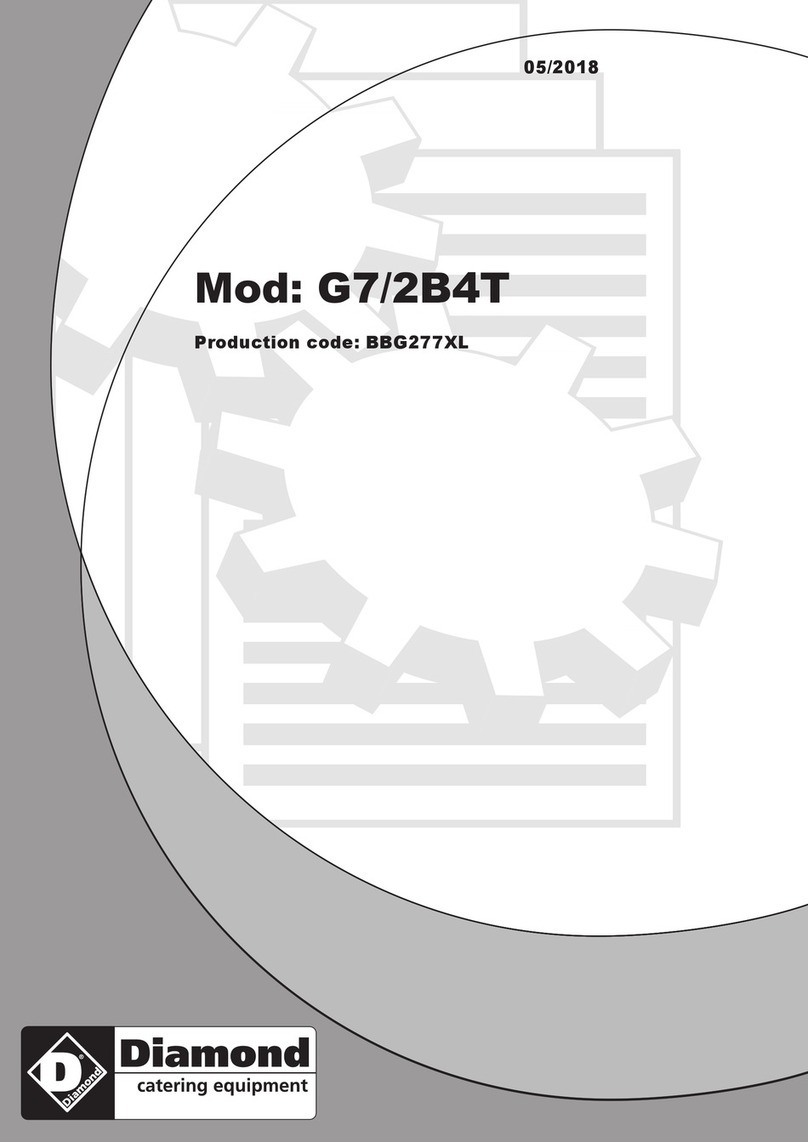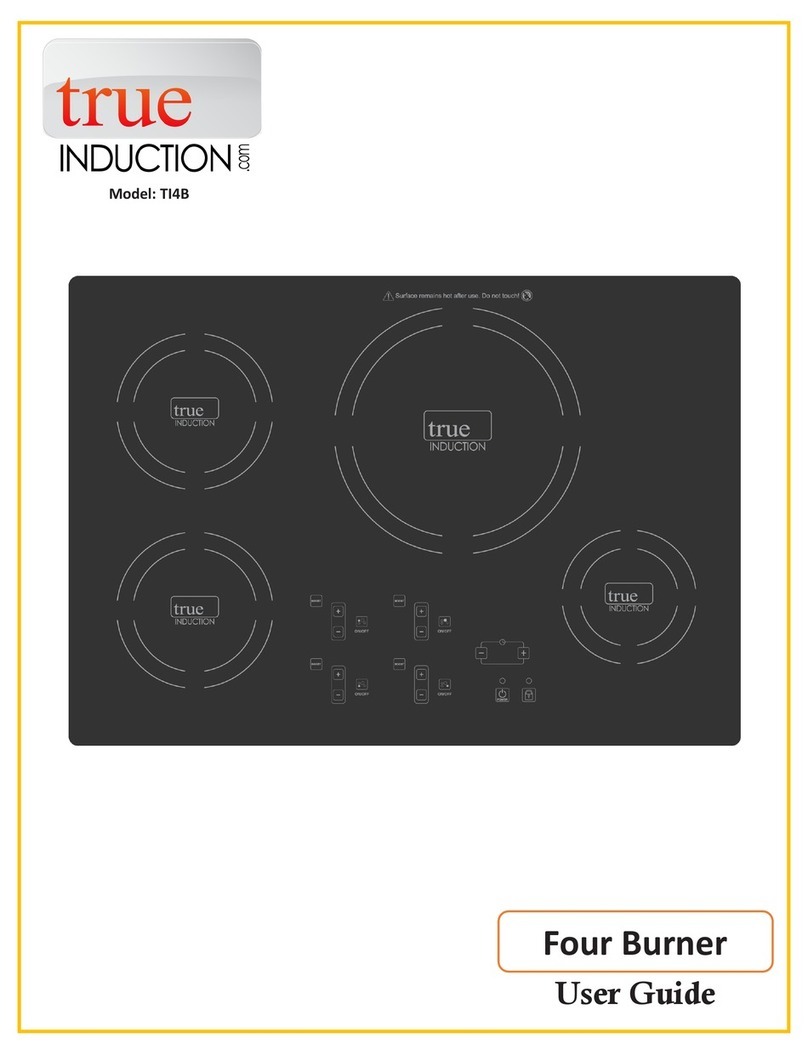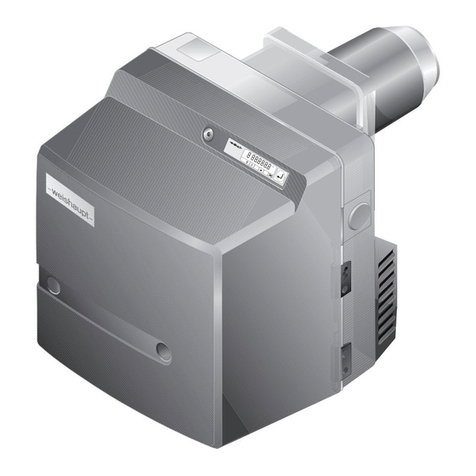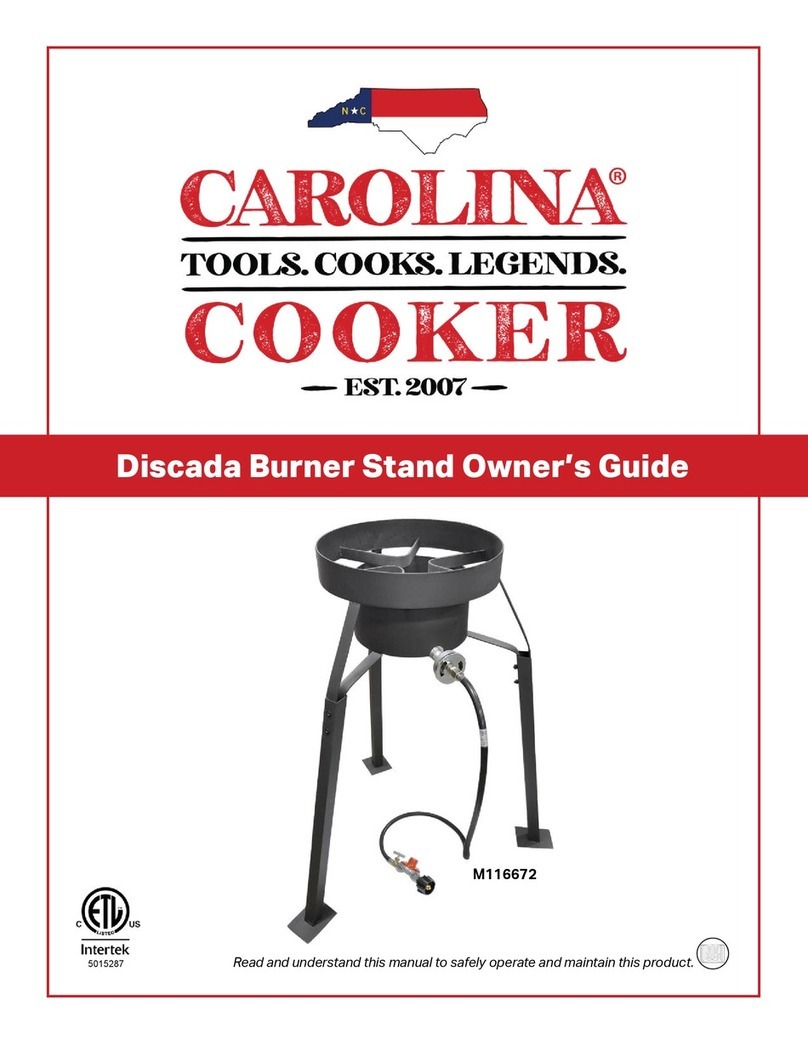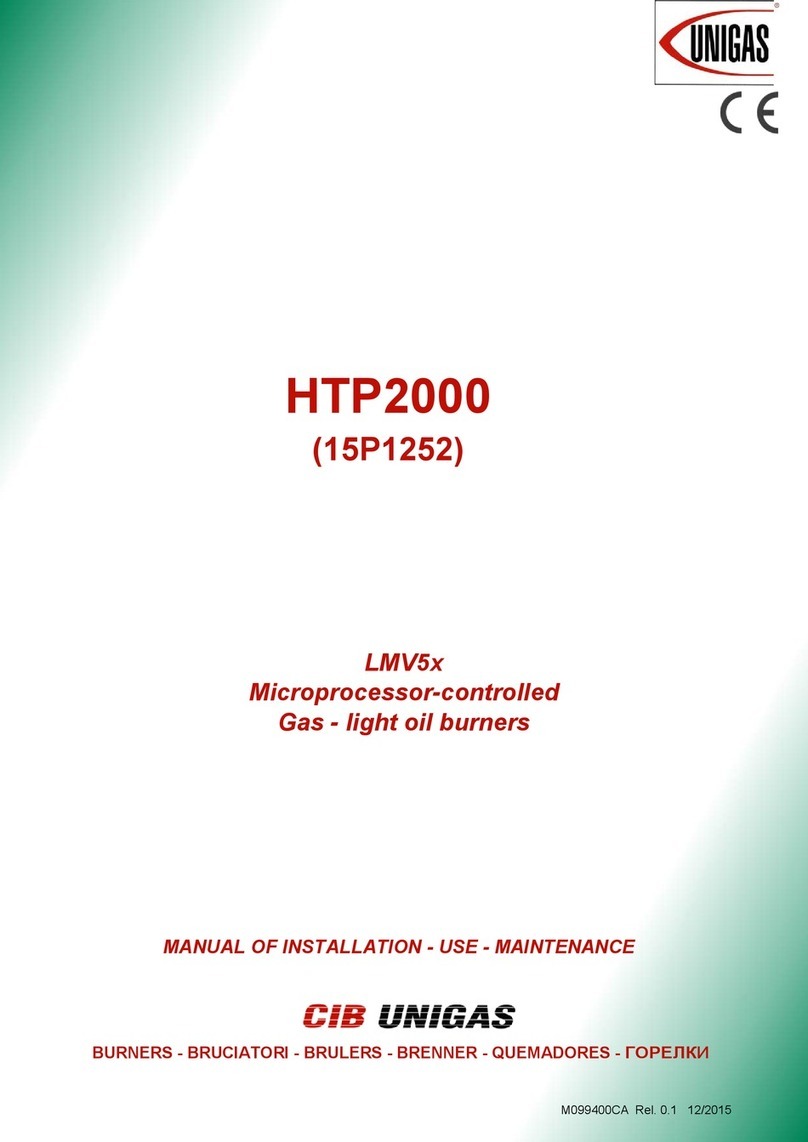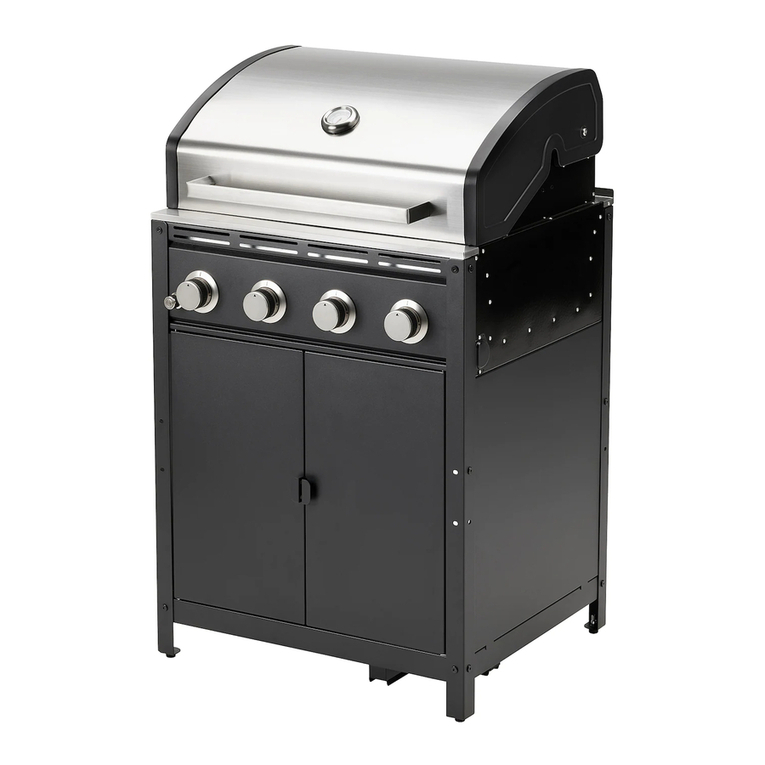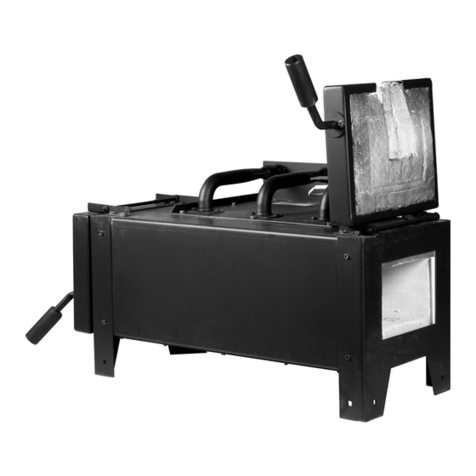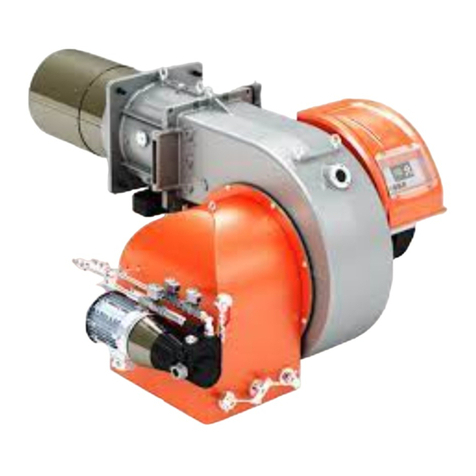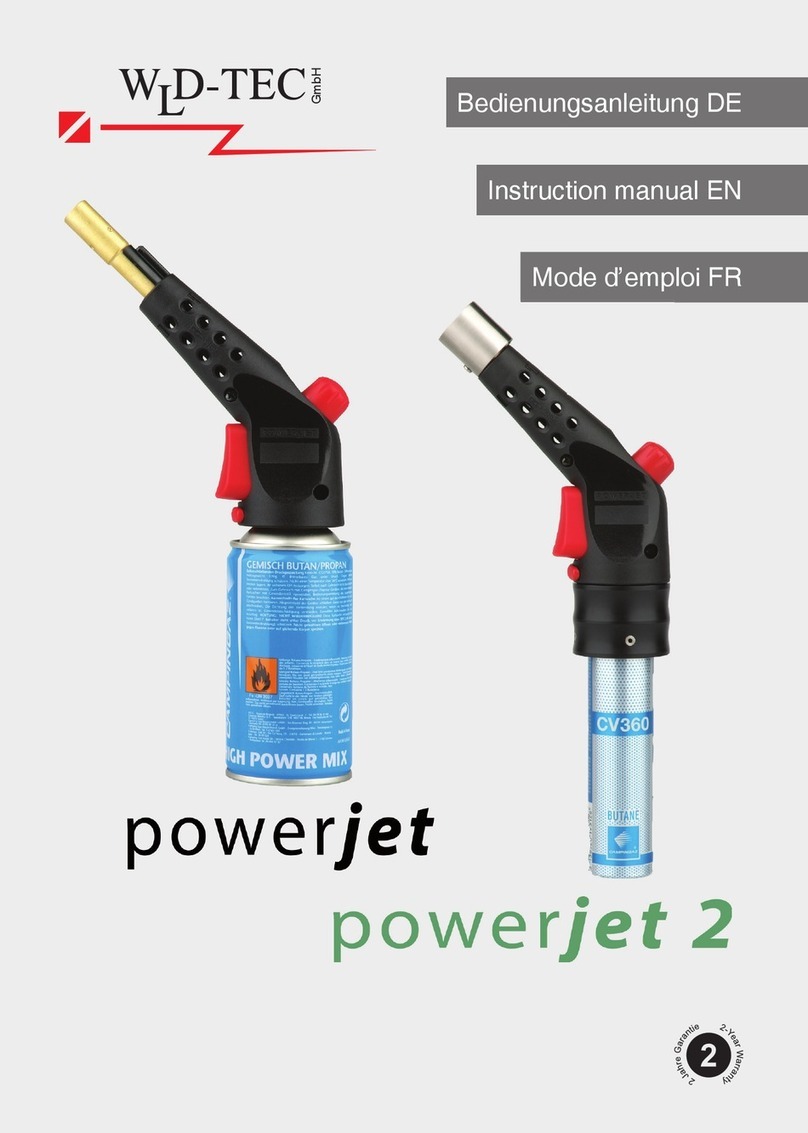
INFORMATION FOR USERS
4
THE PRESENT MANUAL IS PROPERTY OF THE MANUFACTURER. ANY REPRODUCTION, EVEN PARTIAL, IS PROHIBITED.
- 4 -
1.
Intended use
Original instructions. This device is intended for professional use. The use of the appliance treated in this
document must be considered "Proper Use" if used for cooking or regeneration of goods intended for alimentary
use; any other use is to be considered "Improper use" and therefore dangerous. The appliance must be used
according to the foreseen conditions stated in the contract within the prescribed capacity limits carried in the
respective paragraphs.
Allowed operating conditions
The appliance has been designed to operate only inside of rooms within the prescribed technical and capacity
limits. The following indications must be observed in order to attain ideal operation and safe work conditions.
The appliance must be installed in a suitable place, namely, one which allows normal running, routine and
extraordinary maintenance operations. The operating area for maintenance must be set up in such a way that
the safety of the operator is not endangered.
The room must also be provided with the features required for installation, such as:
•
maximum relative humidity: 80%;
•
minimum cooling water temperature > + 10 °C ;
•
the oor must be anti-slip, and devices positioned perfectly level;
•
the room must be equipped with a ventilation system and lighting as prescribed by standards in force in the
country of the user;
•
the room must be set up for draining greywater, and must have switches and gate valves which cut all types
of supply upstream the appliance when needed;
•
The walls/surfaces immediately close/contact to the appliance must be reproof and/or isolated from pos-
sible source of heat
Test inspection and warranty
Testing: the equipment has been tested by the manufacturer during the assembly stages at the site of the
production plant. All certicates relating to the testing carried out we will be delivered to the customer.
Warranty: The guarantee is of 12 months from invoice date and it covers the faulty parts only. Carriage and
installation charges are for the buyer’s account. Electric components, accessories as well as other removable
parts are not covered by the guarantee.
Labor costs relating to the intervention of authorized by the manufacturer at the customer’s premises, for
removal of defects under warranty are charged to the dealer, except in cases where the nature of the defect is
such that it can be easily removed on site by the customer.
Excluded are all tools and supplies, possibly supplied by the manufacturer together with the machines.
Damage occurred in transit or due to incorrect installation or maintenance can’t be considered. Guarantee is
not transferable and replacement of parts and appliance is at the nal discretion of our company. The manu-
facturer is responsible for the device in its original setting.
The manufacturer declines all responsibility for improper use, for damages caused as a result of operations not
covered in this manual or not authorized in advance by the manufacturer.
consideration in this manual or
without prior authorisation of the manufacturer himself.
The warranty terminates in case of:
• Damage caused by transportation and/or handling. Should this occur, the customer must inform the dealer
and carrier via fax or RR and must write what has happened on the copies of the transportation documents. The
specialised technician installing the appliance will assess whether it can be installed depending on the damage.
The warranty also terminates in the presence of:
• Damage caused by incorrect installation.
• Damage caused by parts worn due to improper use.
• Damage caused by use of unadvised or non-original spare parts.
• Damage caused by incorrect maintenance and/or lack of maintenance.
• Damage caused by failure to comply with the procedures described in this document.
Authorisation
Authorisation refers to the permission to operate an activity intrinsic to the appliance.
Authorisation is given to anyone who is responsible for the appliance (manufacturer, purchaser, signer, dealer
and/or location owner).
Flex Burner
The indication “Flex Burner” refers to the option of changing the position of the open-ame burners inside the
equipment. This operation can only be performed by the authorised technical assistance service (see
Installation Manual Chapter 7 – Flex burner).
